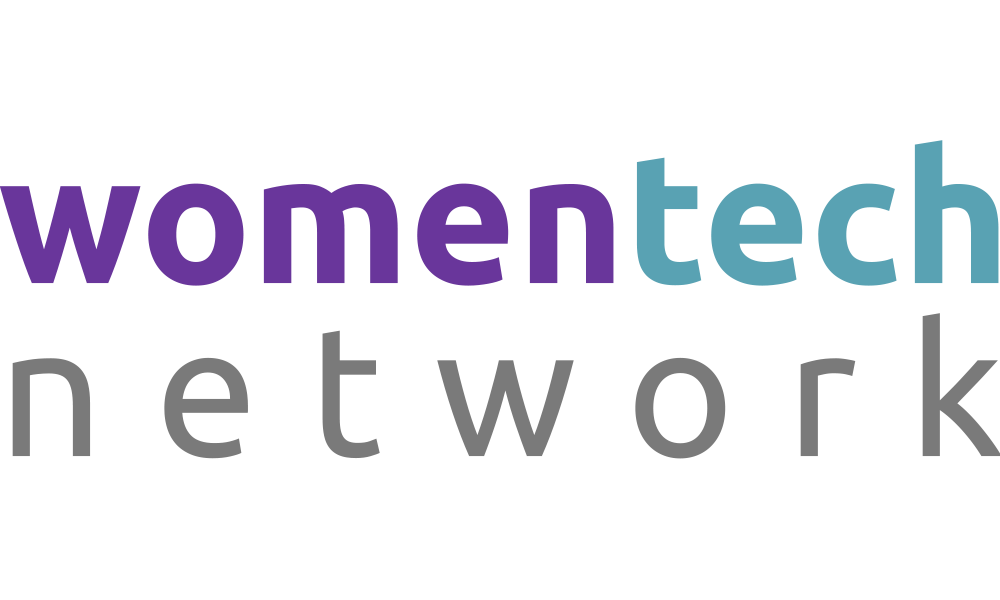
Gender equality has become more tangible for women in marketing leadership in recent years. This is partly thanks to digital technologies' ability to democratize business relationships and enhance accessibility to leadership opportunities.
However, the struggle for equality is not over yet, as the forces opposing this epochal mindset shift are deeply rooted in various world cultures and traditions.
Interestingly, Scandinavian countries offer many good examples of how women can overcome gender bias and leadership challenges. Throughout the article, we’ll extensively reference their best practices to debunk common gender-related biases and support our claims.
Join us as we examine the gender barriers shaping digital marketing leadership today and how women effectively break these barriers.
Gender equality has become more tangible for women in marketing leadership in recent years. This is partly thanks to digital technologies' ability to democratize business relationships and enhance accessibility to leadership opportunities.
However, the struggle for equality is not over yet, as the forces opposing this epochal mindset shift are deeply rooted in various world cultures and traditions.
Interestingly, Scandinavian countries offer many good examples of how women can overcome gender bias and leadership challenges. Throughout the article, we’ll extensively reference their best practices to debunk common gender-related biases and support our claims.
Join us as we examine the gender barriers shaping digital marketing leadership today and how women effectively break these barriers.

Source: Freepik
Gender Bias in Leadership Roles
Although progress has been made, women in marketing continue to face gender bias in many work situations and specific leadership roles. The problem, the prejudiced attitude towards women leaders, manifests itself in different ways, including:
-
Hindered delegation of high-impact roles and responsibilities
-
Prejudiced recruitment process
-
Skewed work-life balance
-
Limited access to executive positions
-
Biased performance evaluations
The Implicit Nature of the Bias
Sometimes, gender bias is evident in routine relationships, communication, and corporate culture, but more often, it is subtle and implicit and takes more than a superficial stranger’s look to identify.
Unconscious bias often favors males for leadership roles. Even when women possess the necessary qualifications and experience, they face disproportionate hurdles in gaining recognition for their potential.
Varied Digital Marketing Presence
Gender bias manifests itself in different digital marketing domains.
For instance, the journey to leadership for women in the SEO industry is often complicated by barriers that affect young talent's growth and opportunities. They often have to face the so-called imposter syndrome, when trying to gain recognition and build authority in such a traditionally masculine domain as IT.
Women are also expected to "prove themselves" more than their male counterparts in such roles as marketing and advertising, digital analytics and data science, influencer marketing, and UX/UI design, to name a few.
Limited Access to High-Impact Projects
Despite their high expertise and qualifications, women’s potential in digital marketing is often restricted by limited access to high-impact projects.
Traditionally, men enjoyed higher trust and were, on average, delegated more responsibilities in marketing projects. Recently, however, the shift towards a culture of diversity and inclusion empowered women in marketing to speak louder, access better education, and get higher exposure to demanding projects.
How did this shift come to be? The experience from Scandinavian countries provides several valuable insights for inspiration.
Positioning Yourself as an Industry Expert
In Scandinavian countries, expertise-based leadership over the past decades has helped women access high-profile projects in the government and the corporate world. Positioning yourself as an industry expert in 2025 can open doors to major projects in digital marketing. Guest blogging sites make a big contribution here, but success depends on how well you manage blog posting process.
Strong Mentorship and Sponsorship Culture
Senior leaders in Scandinavian countries like Norway and Sweden often advocate for women's extended participation in strategic initiatives. They provide guidance, share diverse female leadership perspectives, and hold in-depth mentorship discussions, guiding prospective women leaders on their participation in high-impact roles.
Often, these discussions take several hours and span multiple meetings a week, but in the Scandinavian world, time is on the women’s side.
Equal Access to Executive Training
In Norway, large corporations like Telenor and DNB run ambitious leadership development programs where women get equal, if not higher, participation quotas than men. These programs ensure women get ample training to prepare for high-stakes roles, locally or internationally.
Work-Life Balance Pressures

Source: Freepik
Balancing leadership responsibilities with family life duties is difficult for anyone. However, women traditionally were perceived as the custodians of warmth and comfort at home, making keeping up with their digital marketing leadership roles a real challenge.
The following factors play a key role in balancing work and life for women in digital marketing leadership roles:
-
The double-burden pressure: the need to balance home responsibilities with the increasing pace of the marketing leadership roles. The latter often requires working late hours, going the extra mile, and staying constantly connected.
-
Remote work — a double-edged sword. On the one hand, remote work possibilities create more flexibility and freedom to work from home. On the other hand, the “always-on” culture, when women are expected to stay virtually connected all the time, adds anxiety and contributes to moral exhaustion.
-
Cultural expectations create bias — when those women who dedicated themselves to careers are often perceived as deviating from their traditional caregivers roles at home. Whereas those that prioritize family caregiving are less valued at work compared to men.
Scandinavian culture provides many insights and best practices for easing these pressures.
For example, in Sweden, men enjoy extended parental leaves (up until the child’s eighth birthday), allowing their business-minded wives to spend more time pursuing leadership careers in digital marketing.
In Norway, for women to leave the workplace at 3 p.m. to pick up their child from kindergarten is considered a new norm and a strong enough reason to postpone any business responsibilities to the next day.
Kindergarten costs in Norway, by the way, are also made relatively more affordable compared to other developed European countries.
Limited Representation at Executive Levels
One of the most noticeable impacts of gender bias in leadership is the notorious "glass ceiling" — a metaphorical barrier that prevents women from reaching top leadership positions. The gist of it is that while being perfectly qualified, women often hit the invisible cultural and gender related barriers preventing them from occupying leadership roles in digital marketing on par with men.
This disparity is fueled by several interwoven factors:
-
Gendered leadership perceptions — traits associated with leadership, like assertiveness and decisiveness, are less valued in women than in men. In women, they are often perceived as aggressive and impulsive, preventing many talented women from taking top-level leadership roles in marketing.
-
Exclusion from decision-making circles — the path to executive roles in digital marketing often lies through participation in informal networks and sponsorships, which are traditionally dominated by men.
-
Bias in performance evaluations — women in digital marketing positions are often evaluated based on personality traits rather than professional accomplishments. Studies also show that men receive more constructive feedback, while the feedback on women’s performance is often vague and prioritizes communication style rather than business impact.
To overcome executive-level digital marketing challenges, women leaders can turn to Workast to delegate tasks and streamline processes, track KPIs, and stay on top of SEO metrics.
Scandinavian countries also have something worthy of sharing in this respect, namely the transparent promotion criteria, which have helped foster gender diversity at the top.
In particular, local development programs, like the TMTP (Telenor Management Trainee Program), promote equal participation and evaluation criteria for prospective women leaders in digital marketing and beyond.
The Bottom Line
Digital marketing has been repeatedly praised by women leaders for its ability to democratize work relationships and improve access to leadership opportunities. Nevertheless, significant cultural and intangible barriers still hinder capable women leaders from gaining recognition and securing the leadership roles they deserve.
Several Scandinavian countries provide ample examples of how proper senior leadership commitment and balanced inclusion programs can empower women to pursue digital marketing leadership roles.
They teach us that leadership equality cannot be achieved in a short span, but rather as a series of consecutive steps, starting with the recruitment process, and going to women leadership training, development, and evaluation.






